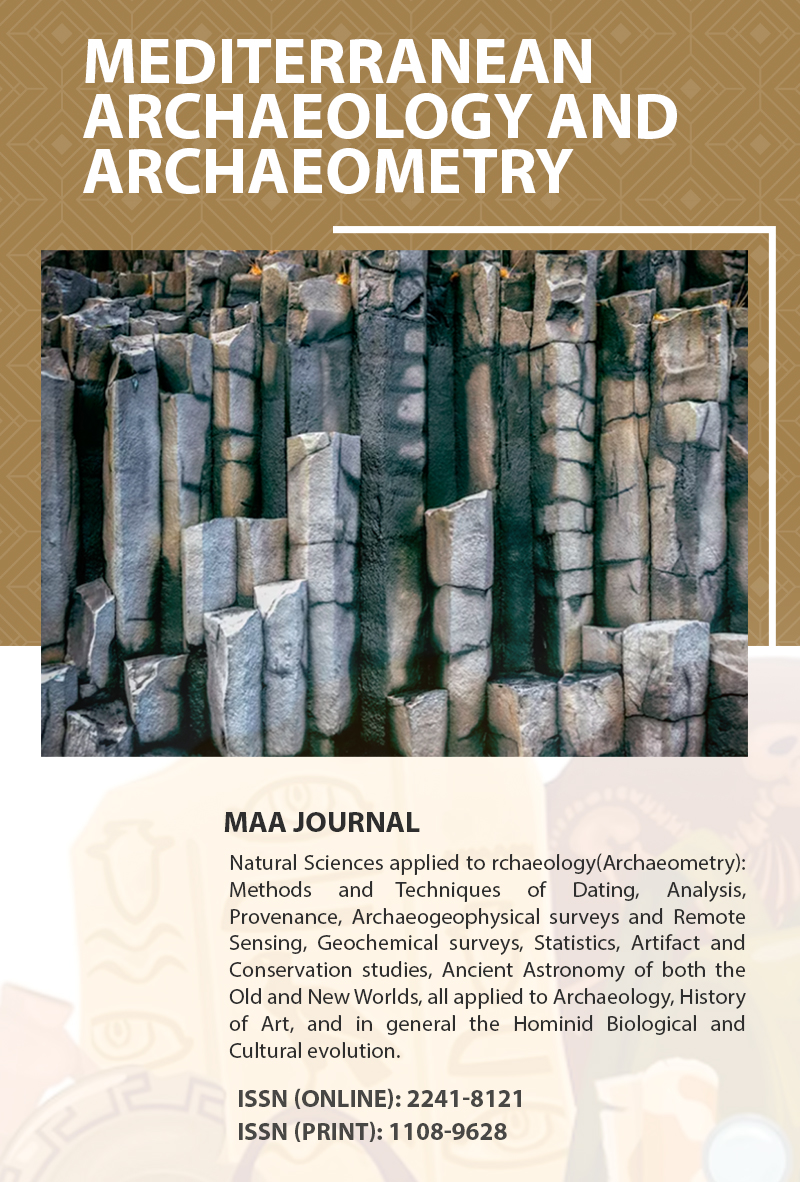A LATE BRONZE AGE SEAL / AMULET-LIKE PYRAMIDAL OBJECT FROM KOCAPINAR HÖYÜK (ELMALI/ANTALYA): A CRITICAL CONTRIBUTION TO THE ARCHAEOLOGY OF PRE-CLASSICAL LYCIA
Main Article Content
Abstract
This article presents a unique pyramidal object uncovered during a recent archaeological site survey conducted in the Elmalı Basin (Antalya, Turkey) at the site of Kocapınar Höyük. The execution of its technical features is apparent in its precise construction in truncated pyramidal form, indicating a conscious effort to ensure its functional efficacy. The decorative elements, on the other hand, consist of twenty-four motifs carved on four facets and base that are not only aesthetically pleasing but also symbolically meaningful. Allthough the definitive identification of its function and purpose poses a challenge, the comparative analyses establish a potential association between the Kocapınar pyramidoid and the decorated multifaceted pyramidal seals/seal-amulets, which had their heyday during the Late Bronze Age. In this regard, the present paper makes a critical contribution to the archaeology of pre-classical Lycia in several ways. Firstly, it introduces a previously unknown mound-type settlement, providing new insights into the archaeological landscape of second-millennium Lycia. Moreover, the discovery of a multifaceted pyramidoid adds to the growing corpus of Late Bronze Age material evidence, emphasising the importance of the Elmalı Basin and raising the possibility of interactions between coastal and highland sites during the period in question for future research. Additionally, this unusual find offers valuable supplementary support to existing explanations, highlighting that the main challenge in understanding pre-classical habitations in this region is not the scarcity of archaeological materials, but rather the absence of rigorous systematic investigations. Consequently, the Kocapınar pyramidoid casts doubt on the prevailing assumptions that the Lukka Land(s) was desolate or inhabited by primitive nomadic tribes before the Lycians of the 1st millennium BC. and offers complementary material evidence that provides broader perspectives on the long-term history of the region.

